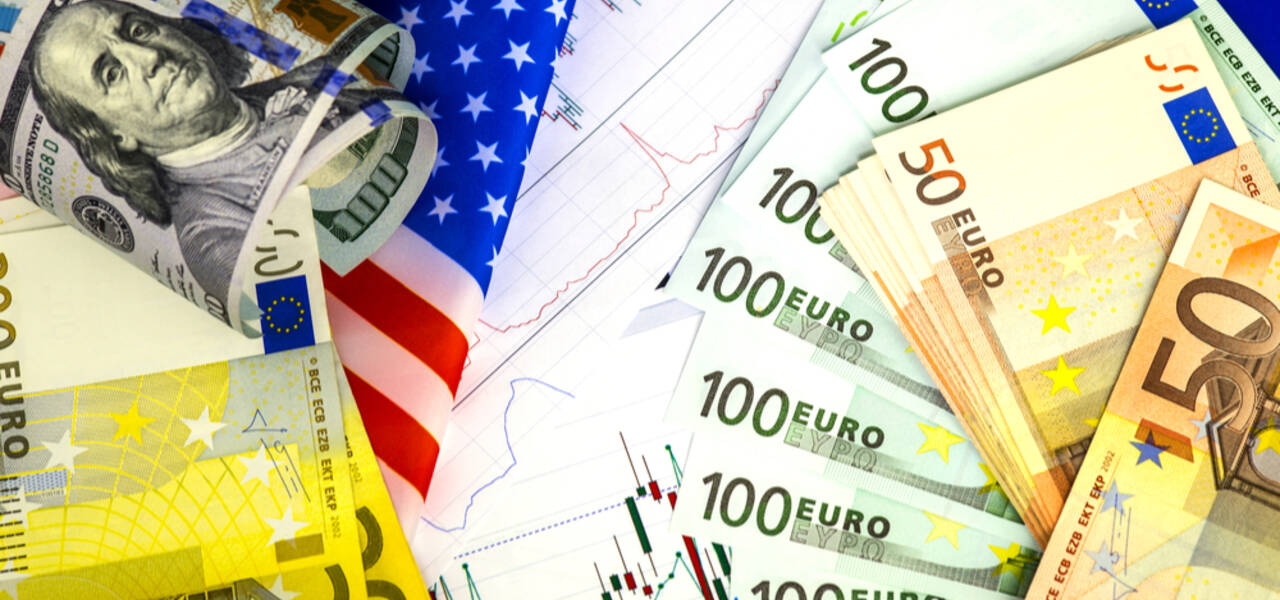Economic problems in the euro area
Even if you don’t follow the European news closely, you’ve still probably heard that the region’s economy is going through difficult times. In February, there were many disappointing releases: retail sales contracted by 1.6%, and industrial production fell by 2.1%. Germany, which is the leading economy of the euro area, posted flat economic growth in the Q4. The country’s Economic Sentiment Index dropped to 34-month low. It’s really hard to find even the smallest ray of sunshine in the data, which is coming from Europe.
The figures published in the United States, on the contrary, look much better. As a result, it’s not surprising that investors prefer the USD to the EUR and sell EUR/USD. Different approaches of the European Central Bank and the Federal Reserve stresses the situation. The ECB is keeping a very loose monetary policy and hints on the possibility of yet additional easing. The Fed has so far been calmer and more positive.
Finally, the market currently thinks that the United States is more resilient to the coronavirus outbreak than other regions and that includes the euro zone. Increase in risk aversion because of the spreading disease is a negative factor for the EUR.
Upcoming events
This week, we’ll get insights from both central banks. The FOMC meeting minutes are due at 21:00 MT time on Wednesday, February 19. The accounts of the ECB meeting will be released at 14:30 MT time on Thursday, February 20. The policymakers edit the document before publication and may decide to emphasize particular things, thus making the price of the EUR move. In addition, keep an eye on the euro area’s flash manufacturing and services PMIs on Friday, February 21 – these are the freshest indicators of the euro area’s economic health.
Technical picture for EUR/USD
EUR/USD dropped to the lowest levels since April 2017 and is currently testing levels below the 78.6% Fibonacci of the 2016-2018 advance at 1.0815. The weekly close below this level will be bearish. Of course, after the two weeks of heavy declines the euro looks oversold in the short-term. However, given the bleak European fundamentals, attempts to “catch the falling knife”, i.e. the euro, would be very risky. The near-term picture will remain bearish as long as the pair is trading below 1.0880.
If EUR/USD stays below 1.0800, the coronavirus keeps spreading and the economic figures remain weak, the pair has every chance to settle in the new range between 1.06 and 1.04. If the price manages to get above 1.0880, the next resistance levels will be at 1.0980 and 1.1100.

LOG IN

















